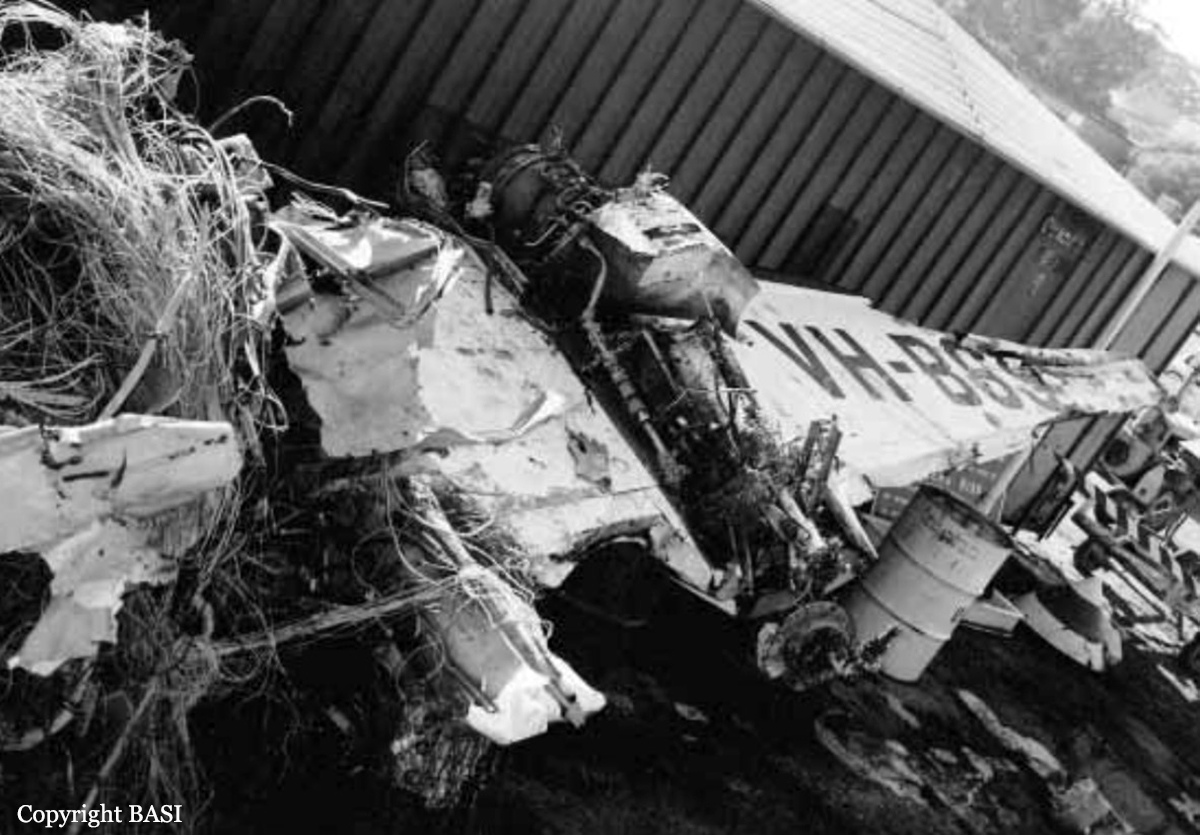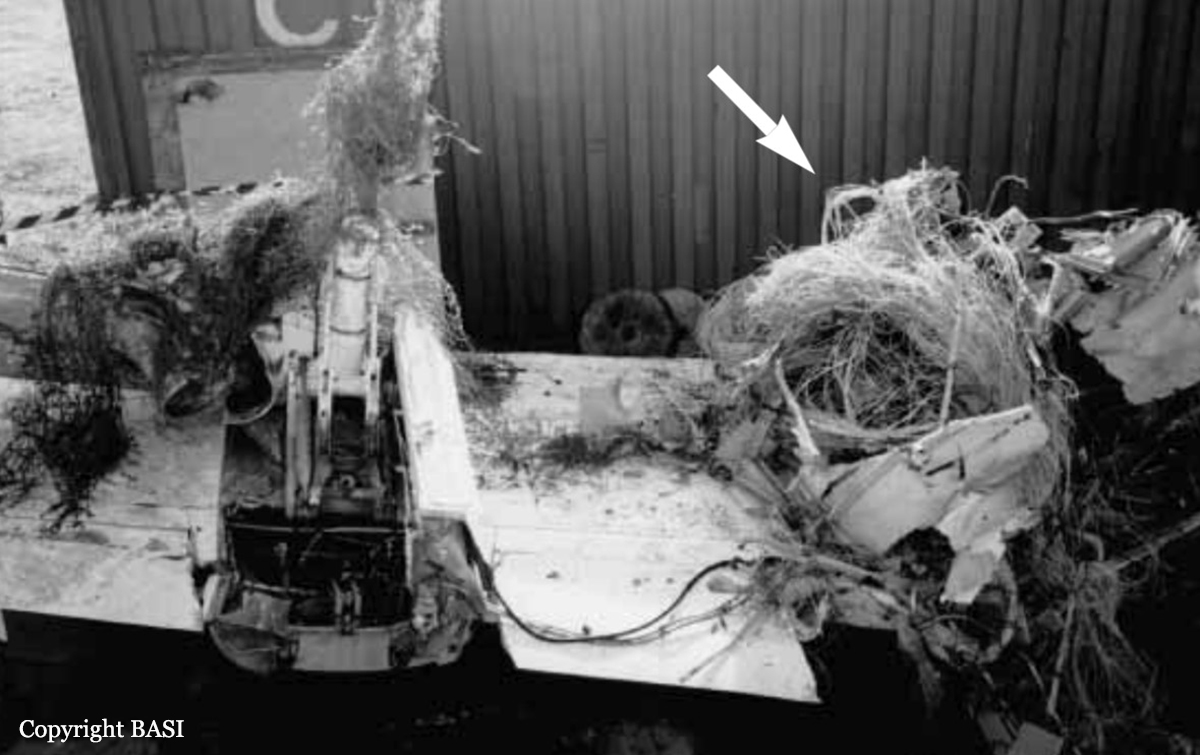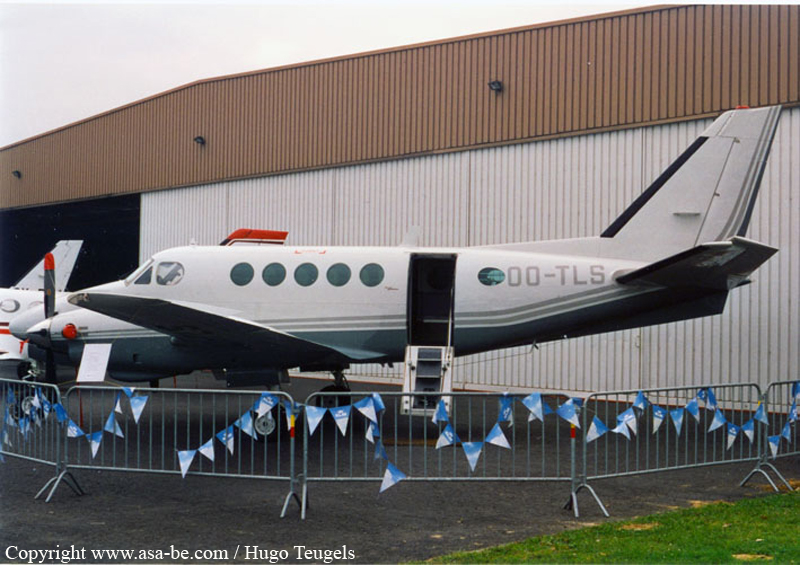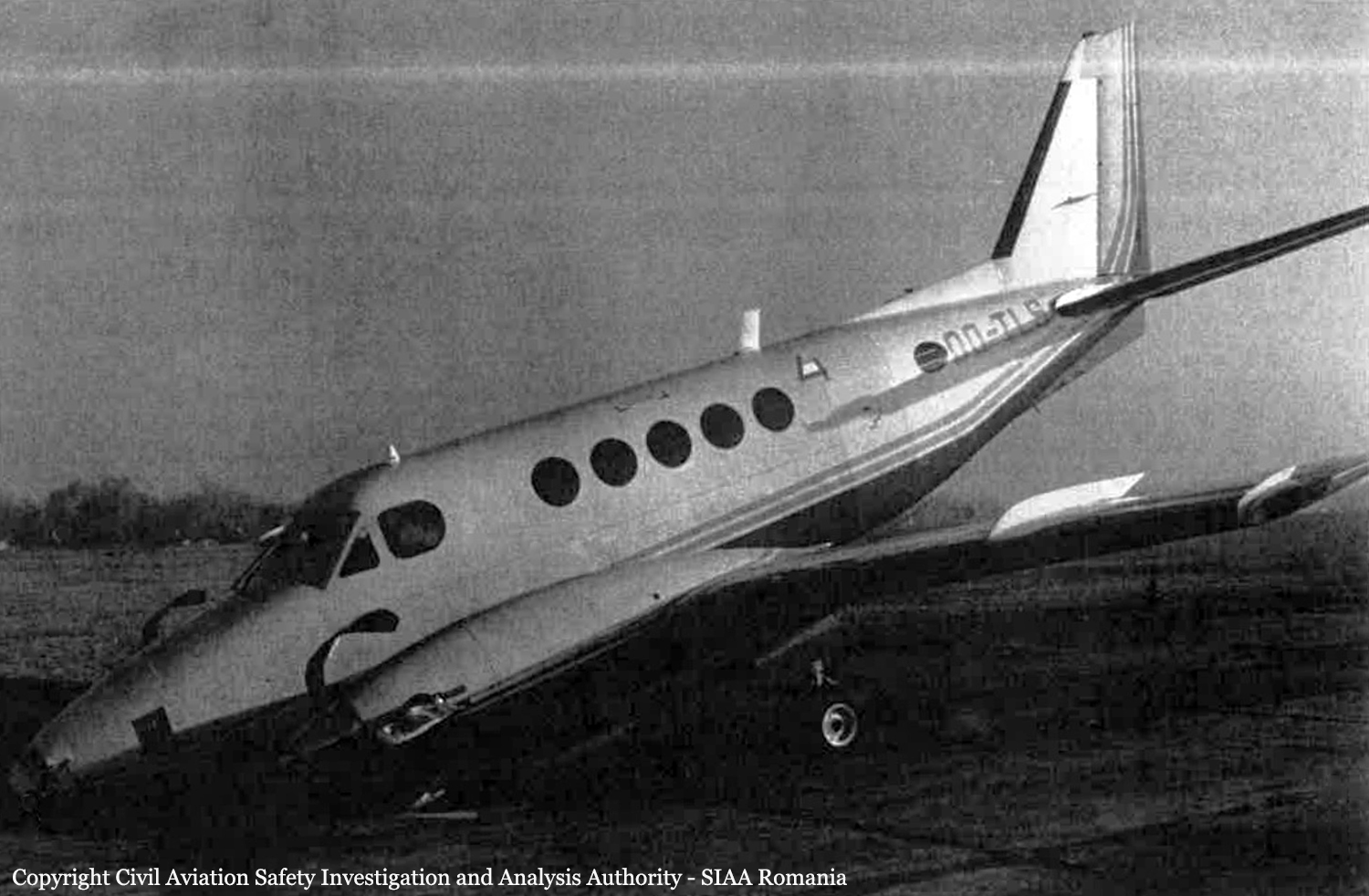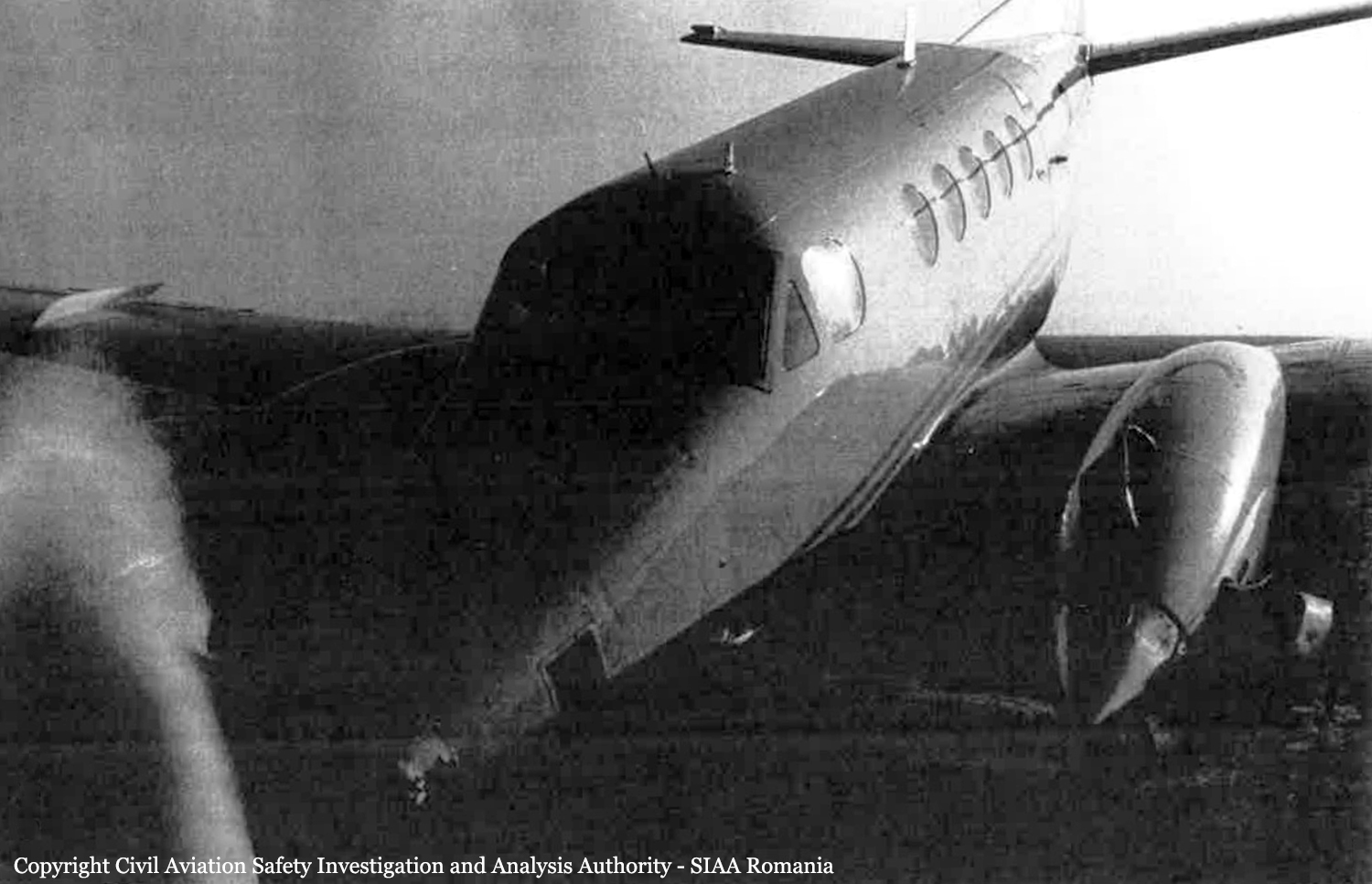Crash of a Cessna 425 Conquest in London
Date & Time:
Jan 18, 1994 at 1750 LT
Registration:
N303MC
Survivors:
Yes
Schedule:
Charleston - Dallas
MSN:
425-0034
YOM:
1980
Crew on board:
1
Crew fatalities:
Pax on board:
0
Pax fatalities:
Other fatalities:
Total fatalities:
0
Captain / Total hours on type:
510.00
Aircraft flight hours:
2589
Circumstances:
The pilot stated that the airplane was cruising at an altitude of 18,000 feet 30 minutes after refueling when the left engine lost power. He stated that he was in radio contact with Indianapolis ARTCC so he advised them of the situation and requested a lower altitude. The center cleared the flight to 10,000 feet msl. The pilot stated that his attempt to restart the engine was unsuccessful. Shortly thereafter the pilot reported that the right engine lost power. According to the controller at the center, the pilot was nine miles from the nearest airport and he provided the pilot with radar vectors to the nearest airport, and the weather conditions. The airplane touched down in a wooded area. The faa examined the airplane at the accident site. The engines were removed to Pratt & Whitney for further examination. The examination of the engine and engine accessories did not disclose any pre-existing defects. Fuel samples were removed and tested at the laboratory at Pratt & Whitney. The tests revealed evidence of contaminants.
Probable cause:
Loss of engine power due to fuel contamination.
Final Report:



